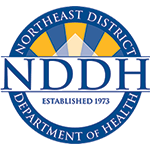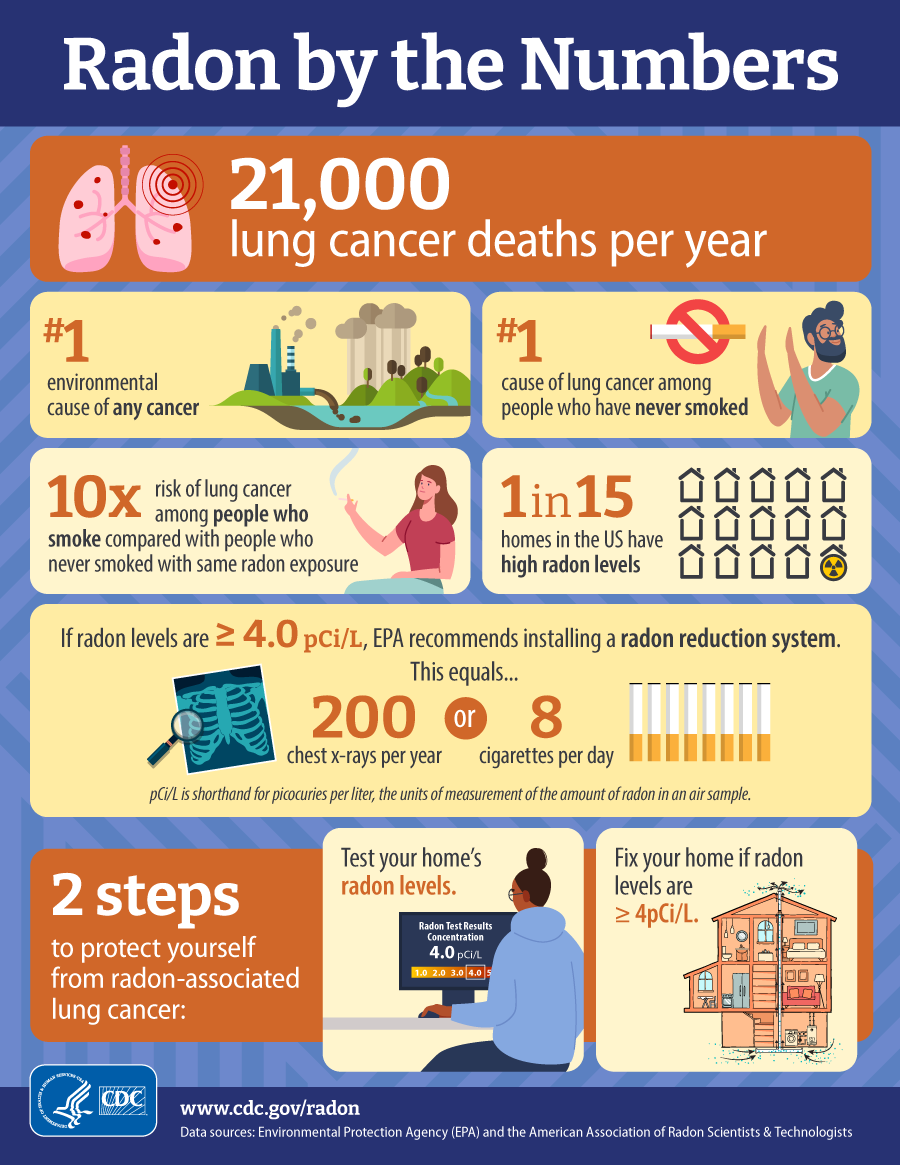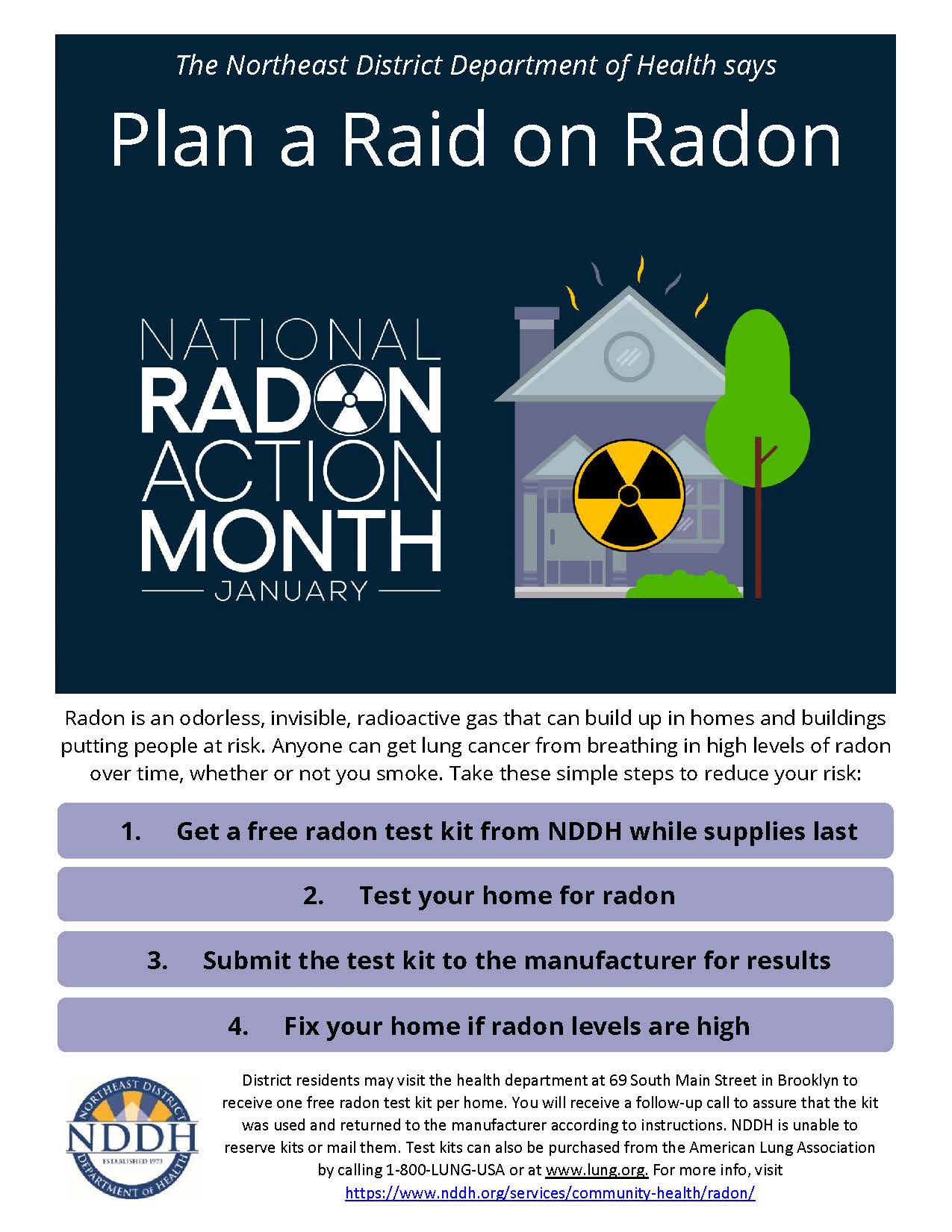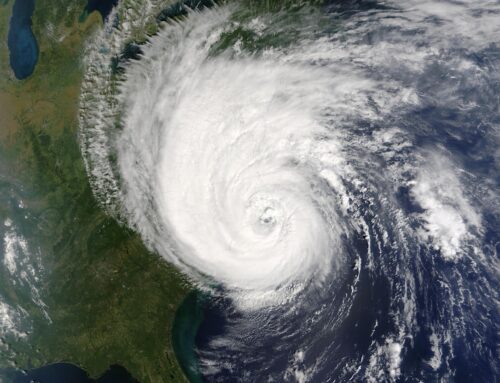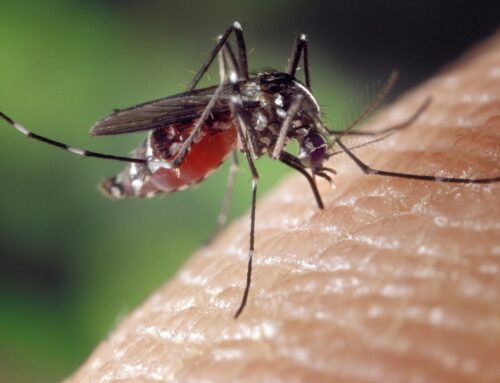Health Department Offers Free Radon Test Kits for National Radon Action Month
(BROOKLYN) – The Northeast District Department of Health (NDDH) is partnering with the Connecticut Department of Public Health (DPH) to educate residents about the dangers of radon exposure and to encourage them to take action to protect their families and home.
Radon is an odorless and invisible radioactive gas formed from the breakdown of uranium and is naturally released from rocks, soil, and water. All outdoor and indoor air has some radon in it. Radon can build up in the air in any home or building whether it has a basement, is sealed or drafty, or is old or new. High radon concentrations can occur sporadically in all parts of Connecticut and two homes right next to each other can have different radon levels. According to estimates from the U.S Environmental Protection Agency (EPA), 1 in 15 homes in the United States have high radon levels.
“In outdoor environments, radon levels are very low and generally not considered harmful,” said Linda Colangelo, NDDH Education and Communications Coordinator. “However, radon can get into homes or buildings through small cracks or holes and build up to higher levels, becoming a health hazard. You can’t see, taste, or smell radon, so you may be unaware that this silent killer could be in your home.”
Radon is the number one cause of lung cancer among non-smokers and the second leading cause of lung cancer after cigarette smoking. Smokers exposed to radon have a much higher risk for developing lung cancer. The EPA and the Surgeon General’s office estimate that radon is responsible for more than 21,000 lung cancer deaths each year in the United States. About 2,900 of these deaths occur among people who have never smoked.
It takes many years for lung cancer to develop. Most people don’t have symptoms until lung cancer is advanced and harder to treat. The good news is that lung cancer from radon is preventable and simple steps can be taken to reduce the risk of radon exposure.
“Be ready for radon before it sneaks up on you by testing your home – it’s the only way to know if it has high levels of radon,” explained Colangelo. “To help homeowners ‘Plan a Raid on Radon,’ NDDH is offering a limited supply of free radon test kits and educational materials to district residents. Visit the health department at 69 South Main Street in Brooklyn to receive one free radon test kit per home with instructions for use and a radon fact sheet. Participants will receive a follow-up call from NDDH within two weeks to assure that the kit was used and returned to the manufacturer according to instructions for analysis.”
NDDH is unable to reserve kits or mail them. Test kits can also be purchased from a local hardware store or the American Lung Association by calling 1-800-LUNG-USA or by visiting https://www.lung.org/.
Radon levels vary seasonally and tend to be higher in the winter months. The best time to test for radon is between the months of November through March. Windows and outside doors should remain closed as much as possible during radon testing.
The EPA recommends that homes with radon levels at or above 4.0 picocuries per liter (pCi/L) be fixed. Homeowners should consider reducing their potential lung cancer risk by fixing homes with radon levels between 2 pCi/L and 4 pCi/L.
Radon levels can be reduced by hiring certified radon mitigation professionals who can install ventilation systems, soil depressurization systems, and seal entry routes for radon gas in existing homes. New homes are built with radon-resistant features. To learn more about radon and to obtain a list of radon mitigation contractors, visit the DPH Radon Program website at www.ct.gov/radon.
Additional resources: NDDH https://nddh.org/services/community-health/radon.
EPA https://www.epa.gov/radon and the CDC https://www.cdc.gov/radon/index.html.
###
